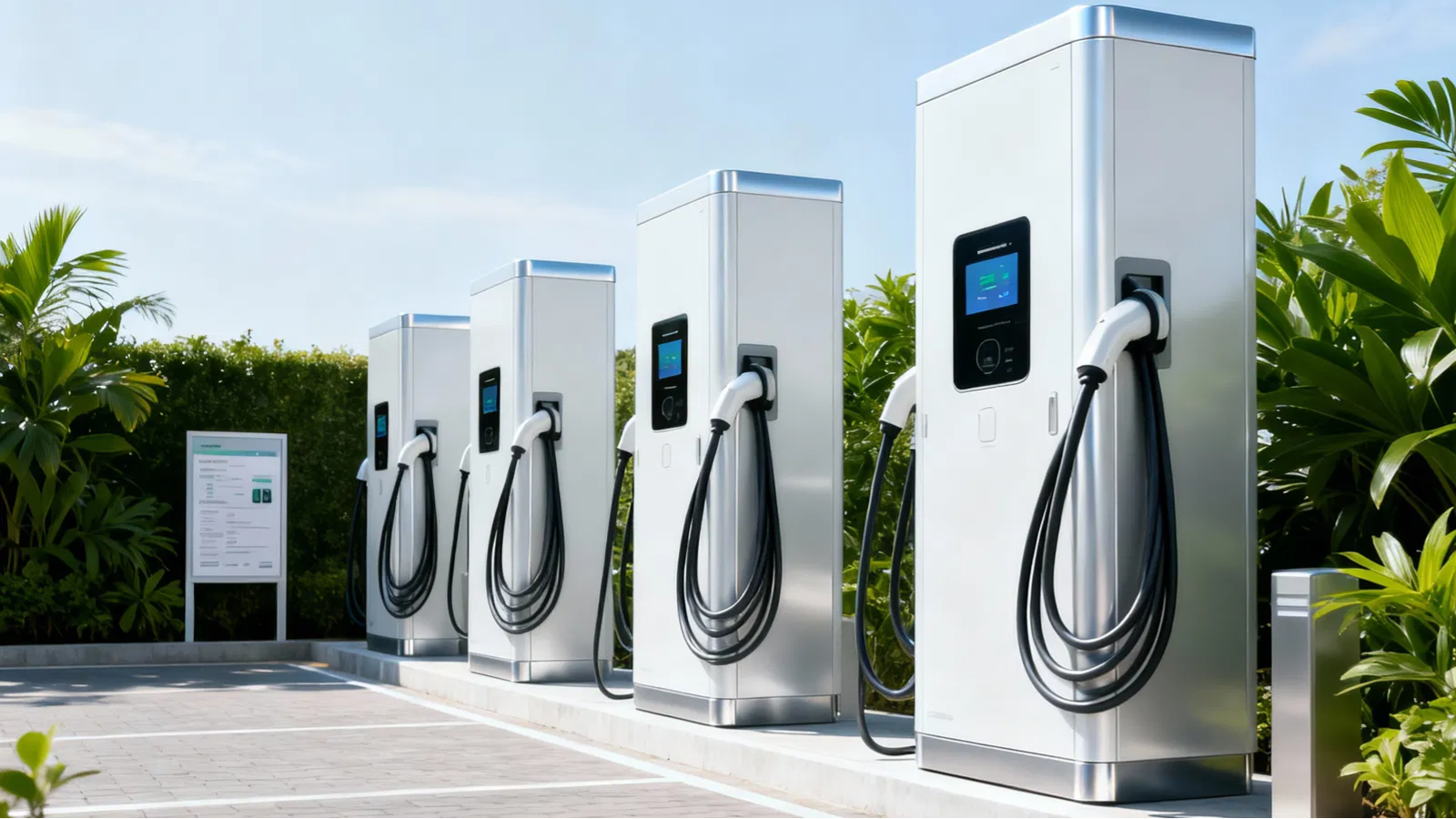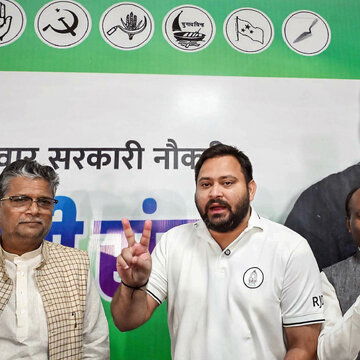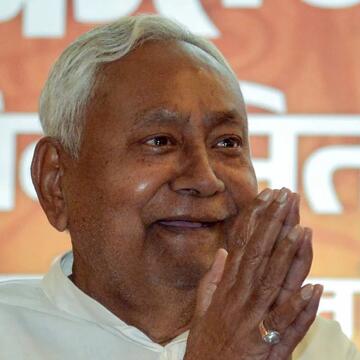India is growing towards sustainable mobility. The central government has published detailed guidelines for the installation of electric vehicle (EV) charging stations under the PM e-Drive program. This strategic move looks forward to not only increasing EV infrastructure but also regulating the use of charging points nationwide for EVs. This move aims to gain consumer confidence, do better urban planning, and boost the automobile industry’s clean energy plans.
What’s new in the EV guidelines?
The new guidelines cover everything from technical standards and site selection to business models and safety. The government has put the minimum requirements for public charging stations, which include compatibility with all major EV makes, mandatory renewable energy sourcing, and user-friendly online payment interfaces. These new guidelines provide clarity about everything, whether for fast AC/DC charging, battery exchange networks, or integrated solar and storage facilities.
The framework includes robust metering, fast and fair billing, and 24/7 availability, with better cybersecurity reforms for real-time data sharing. The policy helps local manufacturers of key components and promises stations near highways, offices, commercial centres, and public transport hubs to support the great connectivity it aims to achieve.
Incentives and impact
Financial incentives, easy licensing, and concessions on land allotments are given to private operators who align with the policy norms. The local bodies and state utilities are now collaborating to carry out setup and green clearances for rapid scaling.
Automakers and EV fleet operators have happily received the guidelines. It is expected that there will be a rise in consumer and investor interest. Analysts estimate the new rules could triple India’s national charging capacity within two years by discarding range anxiety and put the government’s EV adoption target in the frame of success.
PM e-Drive aims to increase the pace of its EV revolution by helping in clean mobility with clarity, inclusivity, and opportunity. The charging stations are expected to multiply. The guidelines promise to change the course of streets, cities, and the future of Indian travel.











